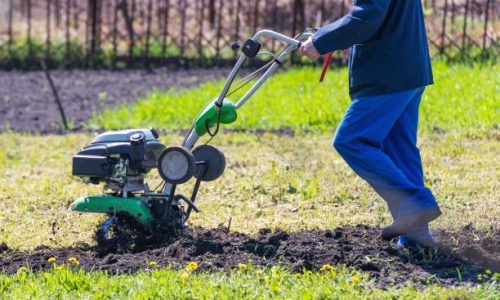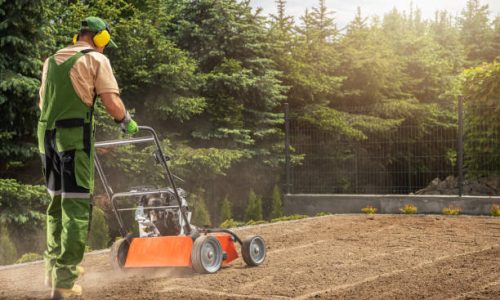Maintaining a lush, vibrant lawn requires a proactive approach. One often-overlooked yet crucial factor is soil health. Over time, soil compaction can become a significant obstacle to a thriving lawn. This guide delves into the science of Aeration Advantage, a powerful tool for addressing compaction and cultivating a healthy turfgrass ecosystem.
Soil compaction occurs when soil particles become tightly pressed together, reducing pore space. This phenomenon, often caused by foot traffic, heavy equipment use, or prolonged wet periods, has detrimental effects on turfgrass health.
Aeration is the process of creating channels within compacted soil to improve air and water exchange. This targeted intervention provides numerous benefits for your lawn:


The choice of aeration technique depends on the severity of compaction and your specific needs. Here’s a breakdown of the most common methods:
Let’s illustrate the transformative power of aeration advantage with a real-world scenario:
The Scenario: A local homeowner, Mr. Jones, observes a large patch of his lawn struggling. The grass appears thin and discolored, and water seems to run off the surface rather than soaking in. He suspects compacted soil might be the culprit.
Mr. Jones’ Aeration Approach:
Aeration is a powerful tool for promoting healthy lawn growth and resilience. By understanding the science behind soil compaction and the benefits of various aeration techniques, you can make informed decisions to
